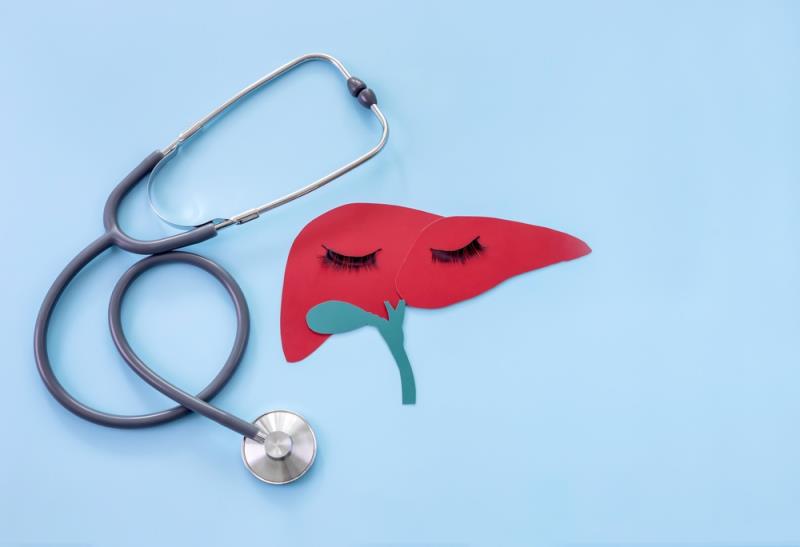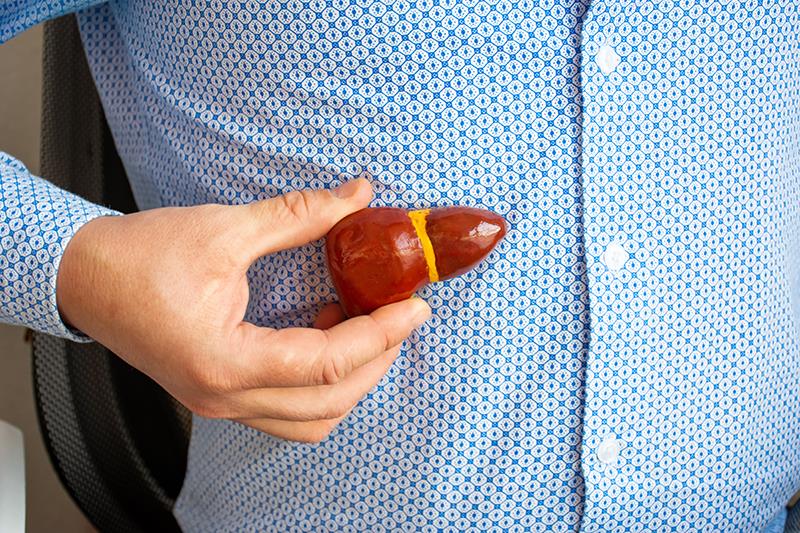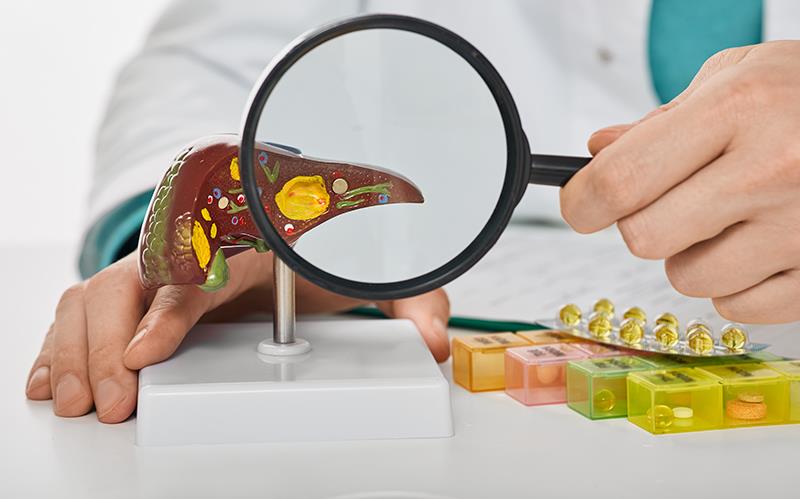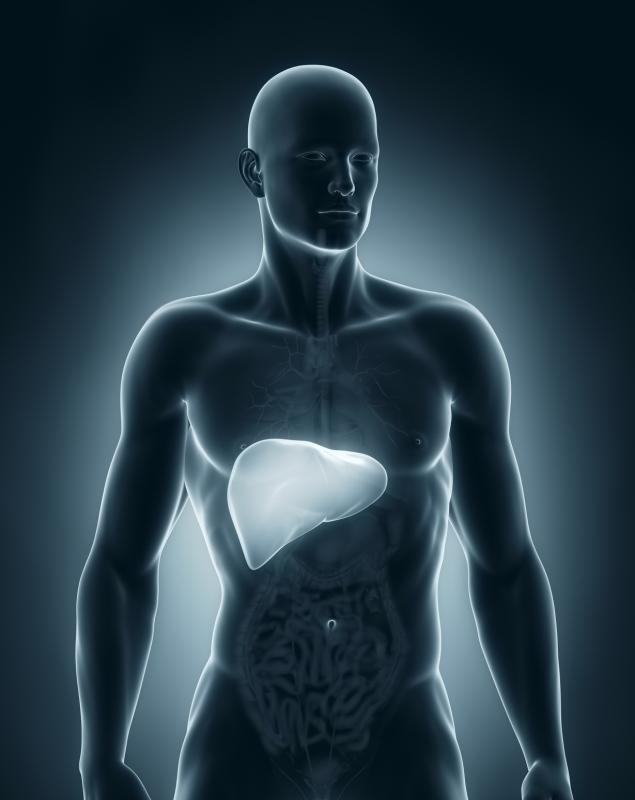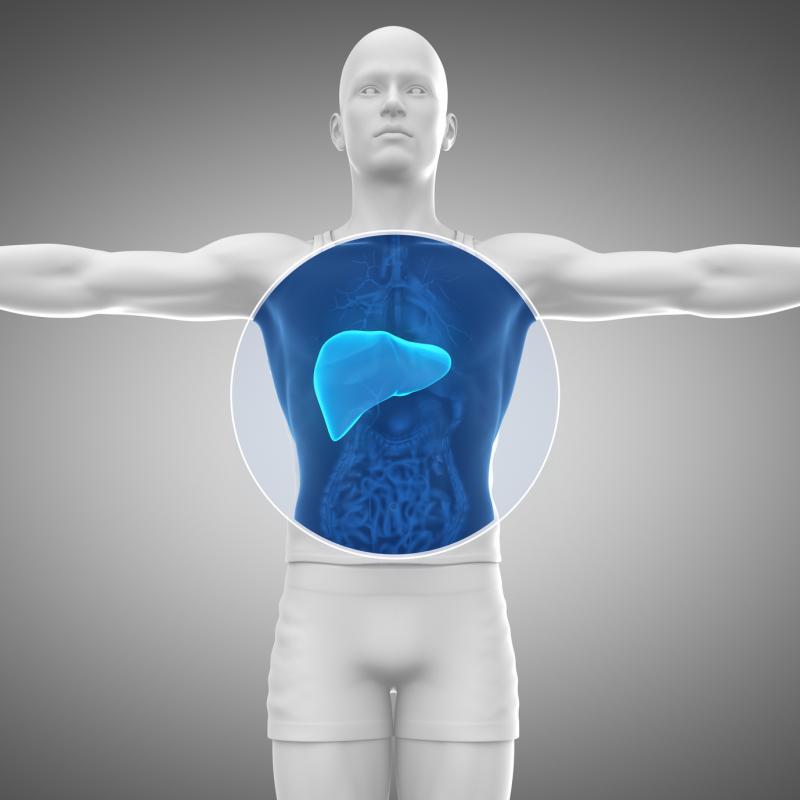Content on this page:
Content on this page:
Overview
Alcohol-related liver disease (ALD) consists of a
clinical-histological spectrum which includes hepatic steatosis, alcoholic
hepatitis and cirrhosis with various complications as defined in the Introduction section.
Alcohol-related liver disease is the leading cause of acute
and chronic liver failure, cirrhosis, and liver cancer. It is one of the
leading causes of liver transplantation. A detailed discussion about the
incidence and prevalence of the disease is featured in the Epidemiology section.
Alcohol-related liver
disease results from a complex interaction of behavioral, environmental, and
genetic factors. These factors are discussed further in the Pathophysiology section.
In the Risk Factors
section the cofactors in the development of alcohol-related liver disease are
enumerated and discussed.
While in the Classification
section, steatotic liver disease, alcoholic hepatitis and cirrhosis are defined
and discussed.
History and Physical Examination
The signs, symptoms, and severity of liver disease can be variable between individuals and histological stages. These are further explained in the Clinical Presentation section.
Diagnosis
Information that is necessary in diagnosing alcoholic
hepatitis and the diagnostic criteria for alcohol use disorder are featured in
the Diagnosis and Diagnostic Criteria section.
In the Screening
section, different screening tools are enumerated and described.
Several laboratory tests and imaging studies to be done to assess
the disease are included in the Laboratory
Tests and Ancillaries and Imaging
section.
Alternative diagnoses for steatotic liver disease, alcoholic
hepatitis and cirrhosis are in the Differential
Diagnosis section.
Management
In the Pharmacological
Therapy section, the points to consider before commencing
treatment with corticosteroids or Pentoxifylline, which are treatment options
for alcoholic-liver disease are discussed. Approved abstinence and relapse
prevention medications for patients with alcohol use disorder, investigational
therapies, vaccination and other treatment options are also featured in this
section.
Several non-drug options to consider that may aid in the
management of alcoholic liver disease which include abstinence from alcohol,
lifestyle modifications and nutrition therapy are featured in the Nonpharmacological section.
In the Surgery section,
liver transplantation indications and evaluation of patients eligible for liver
transplantation are discussed.
 Alcohol-Related Liver Disease_Disease Summary
Alcohol-Related Liver Disease_Disease Summary


